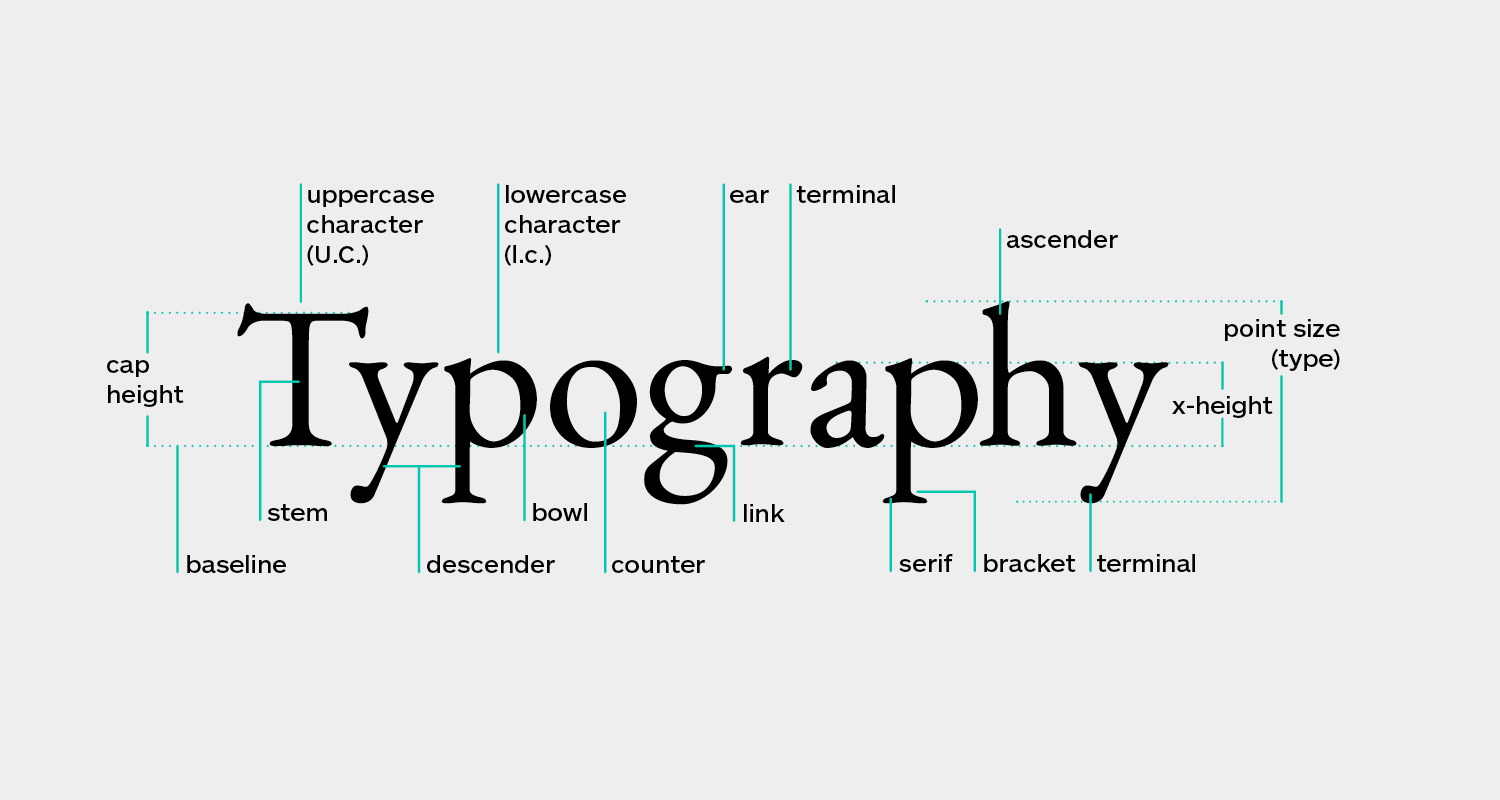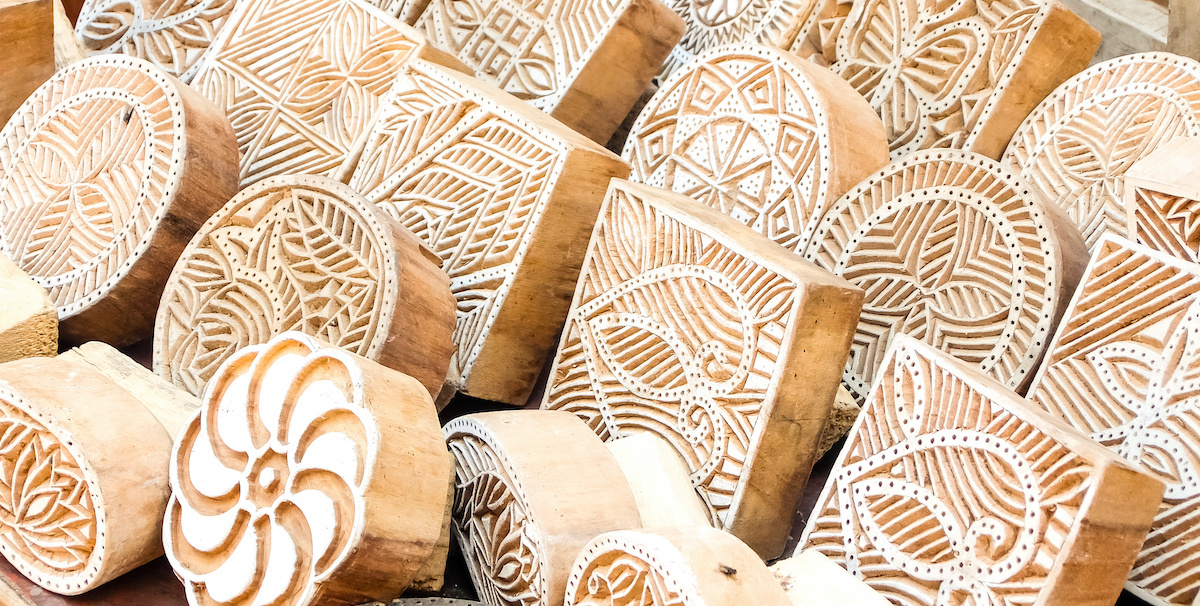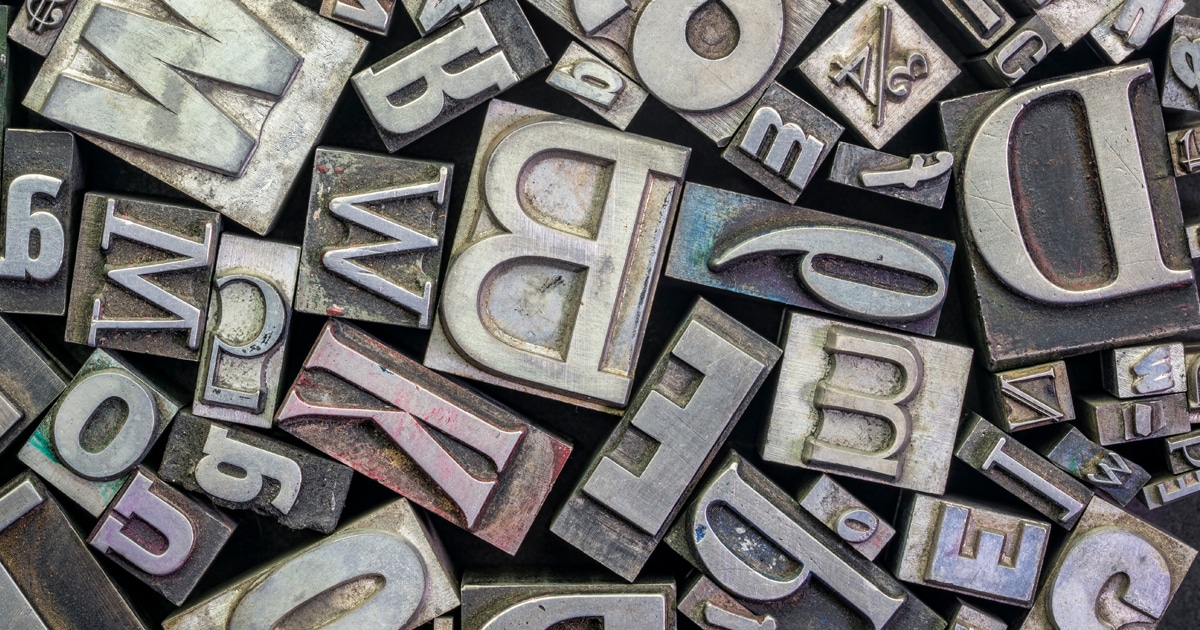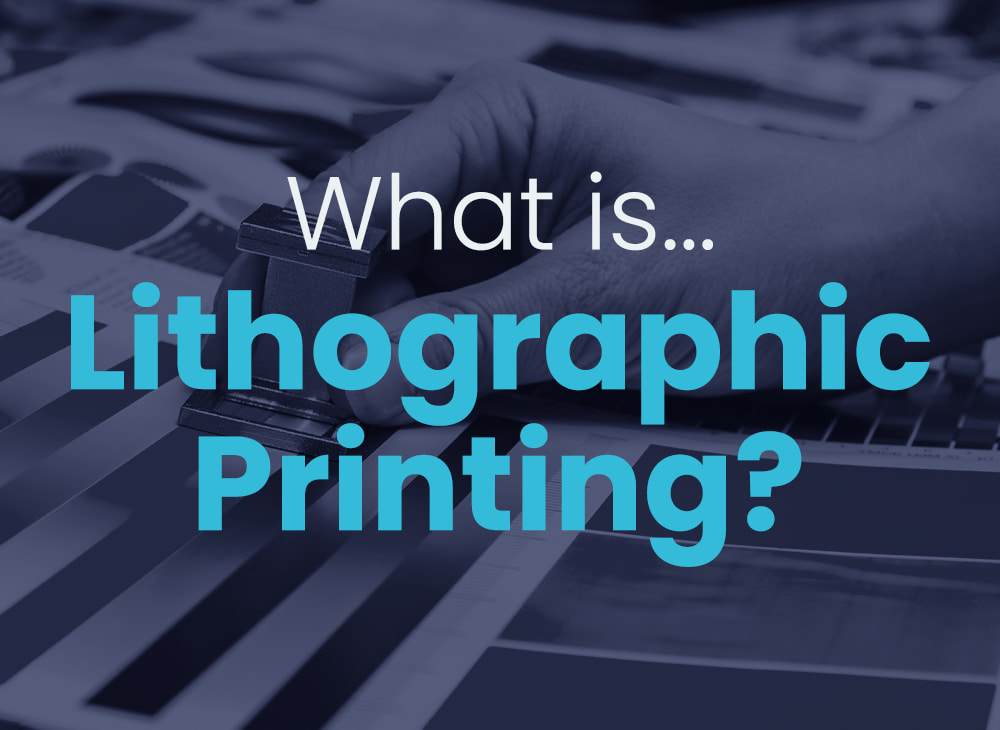Typography ReCap (Study Questions Quiz)
Created on:
Jul 30, 2024
Duration:
1 hour,
Category:
Tags:
Questions:
60 questions
Average Score:
44/60
Players:
9
Language:
English
60 Trivia Questions and Answers
It improves the readability and legibility of text.
It adds color to the text.
It increases the speed of printing documents.
It makes text look fancy.
sing narrow columns of text
Increasing the width of columns
Using multiple fonts in the same paragraph
Reducing the space between lines
Using too many different fonts
Proper line spacing
High contrast between text and background
Adequate use of whitespace
Letter Space
Line Space
Hierarchy
Color Variation
To decorate the text
To organize information
To color the text
To resize images
Italics
Bold type
Underline
All of the above
For Social Media post
To strength the Brand Identity
To randomly change the appearance of text
For printing
By using different colors
By selecting appropriate fonts
By increasing the size of the text
By adding images
Comic Sans
Times New Roman
Papyrus
Curlz MT
Font refers to a specific size and weight of a typeface
Typeface refers to a specific size and weight of a font
Font is digital while typeface is physical
There is no difference
Fonts
Glyphs
Typefaces
Symbols
The height of the font
The thickness of the characters
The color of the text
The spacing between characters
Inches
Pixels
Points
Centimeters
Bold
Italic
Underlined
Shadowed
Bold
Italic
Underlined
All of the above
Italic is distinct letterforms, while oblique is a slanted version
Italic is a slanted version of the regular typeface
Italic and oblique are the same with no differences.
Italic is bold, while oblique is light.
Kerning
Line Space
Line Length
Tracking
Increases readability
Decreases readability
Has no effect
Makes the text look better
20-30 characters
30-50 characters
50-75 characters
75-100 characters
Tracking
Leading
Kerning
Justifying
Tracking
Leading
Kerning
Justifying
Improves readability
Reduces readability
Has no effect
Makes text look denser
Display Type
Text Type
Body Type
Head Type
Woodblock printing
Movable type printing
Lithography
Digital printing
Printing from raised wooden blocks
Printing on Wooden Blocks
Writing with wooden pencils
Printing using wood dyes
Japan
Germany
China
India
The Gutenberg Bible
The Book of Kells
The Diamond Sutra
The Codex Sinaiticus
China
Egypt
Germany
Greece
Johannes Gutenberg
Aldus Manutius
Claude Garamond
William Caslon
Printing using digital technology
Printing using carved wooden blocks
Printing using a press and movable type
Printing using laser printers
15th to 20th centuries
18th to 19th centuries
20th century only
21st century
To educate the masses
To spread religion
To promote trade
To establish control
Printing from a flat surface treated to repel ink except where it is needed
Printing from a raised surface
Printing from metal plates
Printing from wooden blocks
Alois Senefelder
Johannes Gutenberg
William Caslon
Aldus Manutius
Casting individual characters for typesetting
Creating lithographic plates
Printing photographs
Binding books
Monotype
Linotype
Typewriter
Phototypesetting
Monotype casts single characters, Linotype casts whole lines of type
Linotype casts single characters, Monotype casts whole lines of type
Monotype is digital, Linotype is mechanical
Linotype is digital, Monotype is mechanical
Monotype
Linotype
Typewriter
Photocopier
Creating new fonts
Redesigning old typefaces for modern use
Printing old texts
Digitizing books
Baskerville
Times New Roman
Arial
Garamond
A decorative line at the end of a stroke in a letter
The height of a lowercase letter
The space between lines of text
The angle of a character
Base Height
Mean Height
X Height
Letter Height
Descender
Ascender
Counter
Baseline
JPEG
TTF
PNG
MP3
True Text Font
TrueType Font
Type Text Font
Text Type Font
Open Text Font
OpenType Font
Optimized Text Font
Old Type Font
A font that is specifically designed for print media
A font that is hosted on a web server and used in websites
A font used exclusively in graphic design software
A font that is embedded in word processing documents
Internet Service Providers Example: Comcast, AT&T
Web browsers Example: Google Chrome, Mozilla Firefox
Font foundries and webfont services Example: Google Fonts, Adobe Fonts
Website owners Example: Custom-hosted fonts on personal or corporate websi
Static text on a page
Text that moves and changes over time
Text printed on physical materials
Handwritten text
Books
Websites
Animated videos
Newspapers
Bitmap fonts
Static fonts
Outline fonts
Variable fonts
TrueType
OpenType
Variable Fonts
PostScript
They allow for more design flexibility and customization
They reduce the number of fonts needed, saving disk space
They improve website loading times
All of the above
Weight
Width
Slant
Ink color
Typography that changes based on the device or screen size
Dynamic and responsive font styles
Animated Text
Typography with fixed sizes
It looks good on all devices
It is easier to print
It reduces file size
It uses fewer colors
FontLab
FontForge
Glyphs
Adobe Photoshop
To align text and images consistently
To determine font color
To increase font size
To choose typefaces
Art Nouveau
Bauhaus
Baroque
Rococo
Calligraphy involves hand-drawing letters, while typography involves using
Calligraphy is used for digital media, while typography is used for print m
Calligraphy uses only serif fonts, while typography uses only sans-serif fo
Calligraphy is always in black and white, while typography uses color
More Quizzes
Explore Quizzes
Comments
( )




